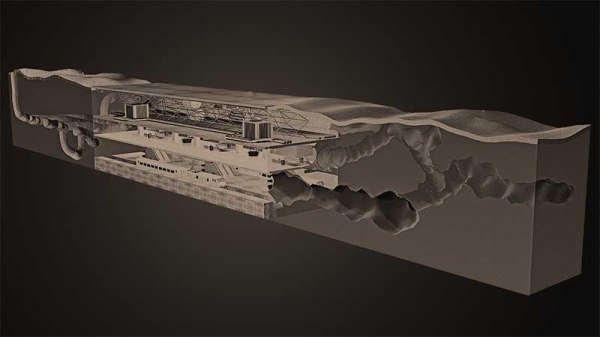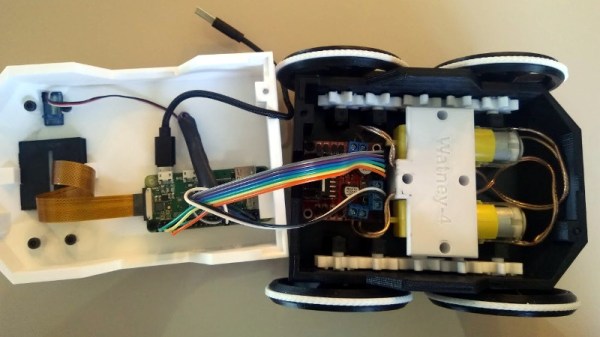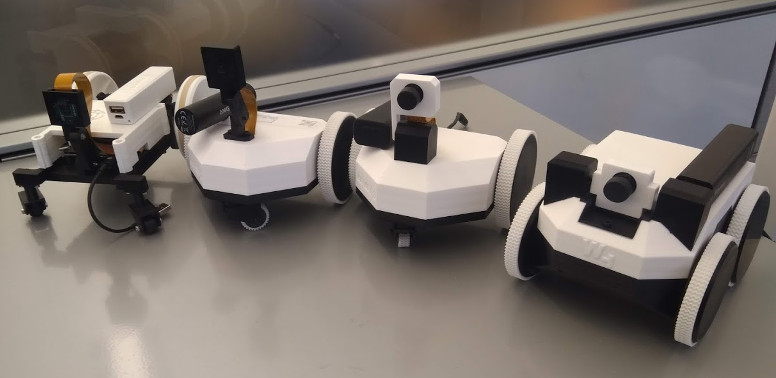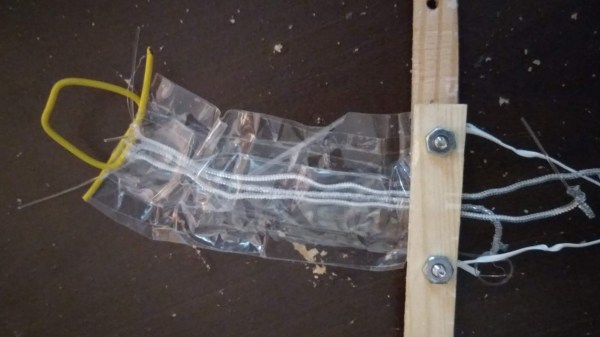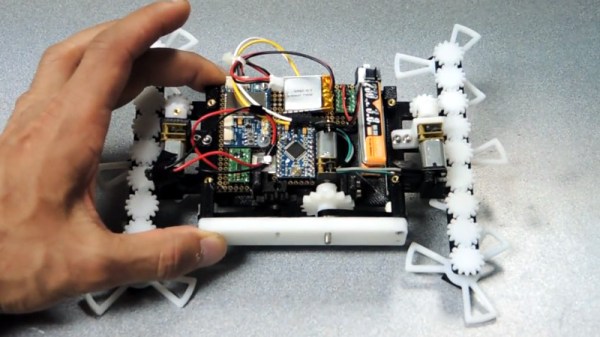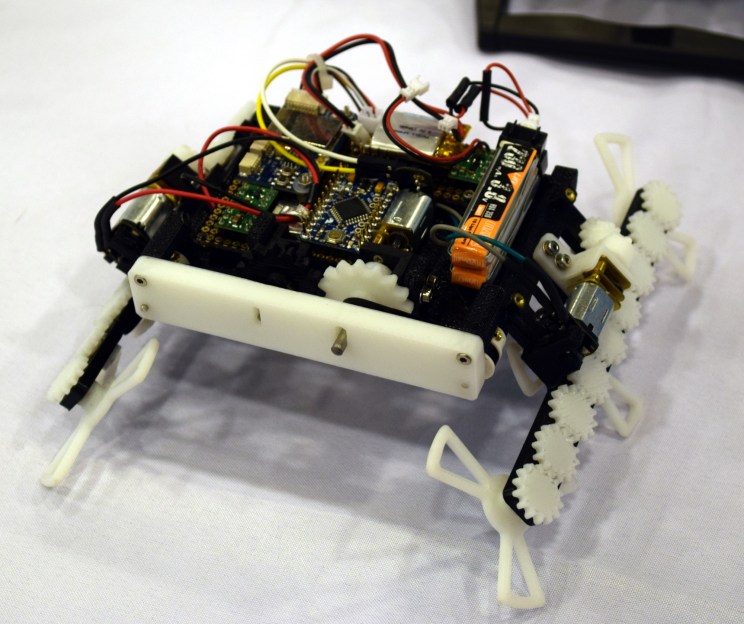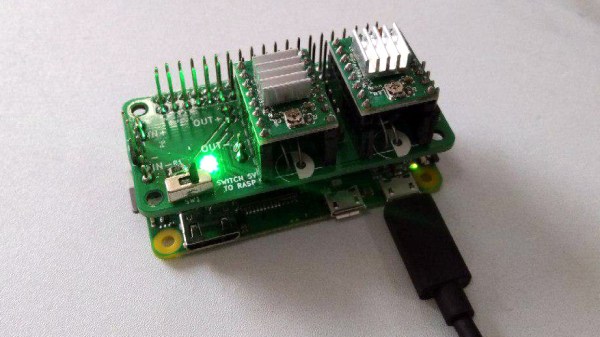We all love reading about creative problem-solving work done by competitors in past DARPA robotic challenges. Some of us even have ambition to join the fray and compete first-hand instead of just reading about them after the fact. If this describes you, step on up to the DARPA Subterranean Challenge.
Following up on past challenges to build autonomous vehicles and humanoid robots, DARPA now wants to focus collective brainpower solving problems encountered by robots working underground. There will be two competition tracks: the Systems Track is what we’ve come to expect, where teams build both the hardware and software of robots tackling the competition course. But there will also be a Virtual Track, opening up the challenge to those without resources to build big expensive physical robots. Competitors on the virtual track will run their competition course in the Gazebo robot simulation environment. This is similar to the NASA Space Robotics Challenge, where algorithms competed to run a virtual robot through tasks in a simulated Mars base. The virtual environment makes the competition accessible for people without machine shops or big budgets. The winner of NASA SRC was, in fact, a one-person team.
Back on the topic of the upcoming DARPA challenge: each track will involve three sub-domains. Each of these have civilian applications in exploration, infrastructure maintenance, and disaster relief as well as the obvious military applications.
- Man-made tunnel systems
- Urban underground
- Natural cave networks
There will be a preliminary circuit competition for each, spaced roughly six months apart, to help teams get warmed up one environment at a time. But for the final event in Fall of 2021, the challenge course will integrate all three types.
More details will be released on Competitor’s Day, taking place September 27th 2018. Registration for the event just opened on August 15th. Best of luck to all the teams! And just like we did for past challenges, we will excitedly follow progress. (And have a good-natured laugh at fails.)

